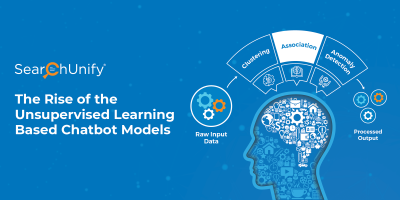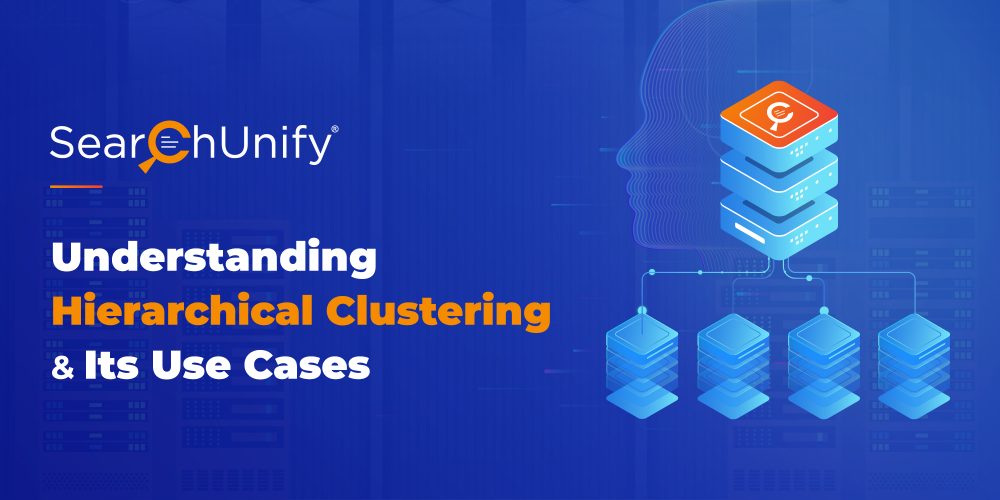
The amount of data is growing exponentially. In fact, global data creation is projected to grow to more than 180 zettabytes by 2025. And, this number is only going to increase with the growth of the Internet of Things (IoT). So, analyzing big data volumes can be daunting; not just because of the quantity of data but also because it is scattered across the enterprise.
Enter Hierarchical Clustering – data analysts’ knight in shining armor. It is the most common method of unsupervised learning to organize big data into meaningful patterns. You can effortlessly analyze these patterns to make data-driven decisions.
In this blog post, we’ll walk you through the fundamentals of hierarchical clustering and its applications in offering personalized search experiences. Let’s get rolling.
What is Hierarchical Clustering?
The process of sorting out data into groups of similar objects (aka clusters) is called hierarchical clustering. Here’s an example to make it simpler for you.
Let’s say you want to cover 15 restaurants in Las Vegas over a period of three days. How will you create an itinerary that covers them all? Most likely you’ll use grouping to create three sets (or clusters) of restaurants that are nearest to each other.
By and large, hierarchical clustering is a process by which data points are classified into a number of groups (or clusters) so that they have maximum similarities within each group and are as much dissimilar as possible from other groups. In the next section, let’s see how it works.
How Hierarchical Clustering Works
Hierarchical clustering commences by treating each object as a separate cluster. Then, it continually performs the following two steps:
- Identify the closest two clusters;
- Merge the two most similar clusters.
This process continues until the desired number of clusters is reached. Here’s an illustration that explains the working of hierarchical clustering:
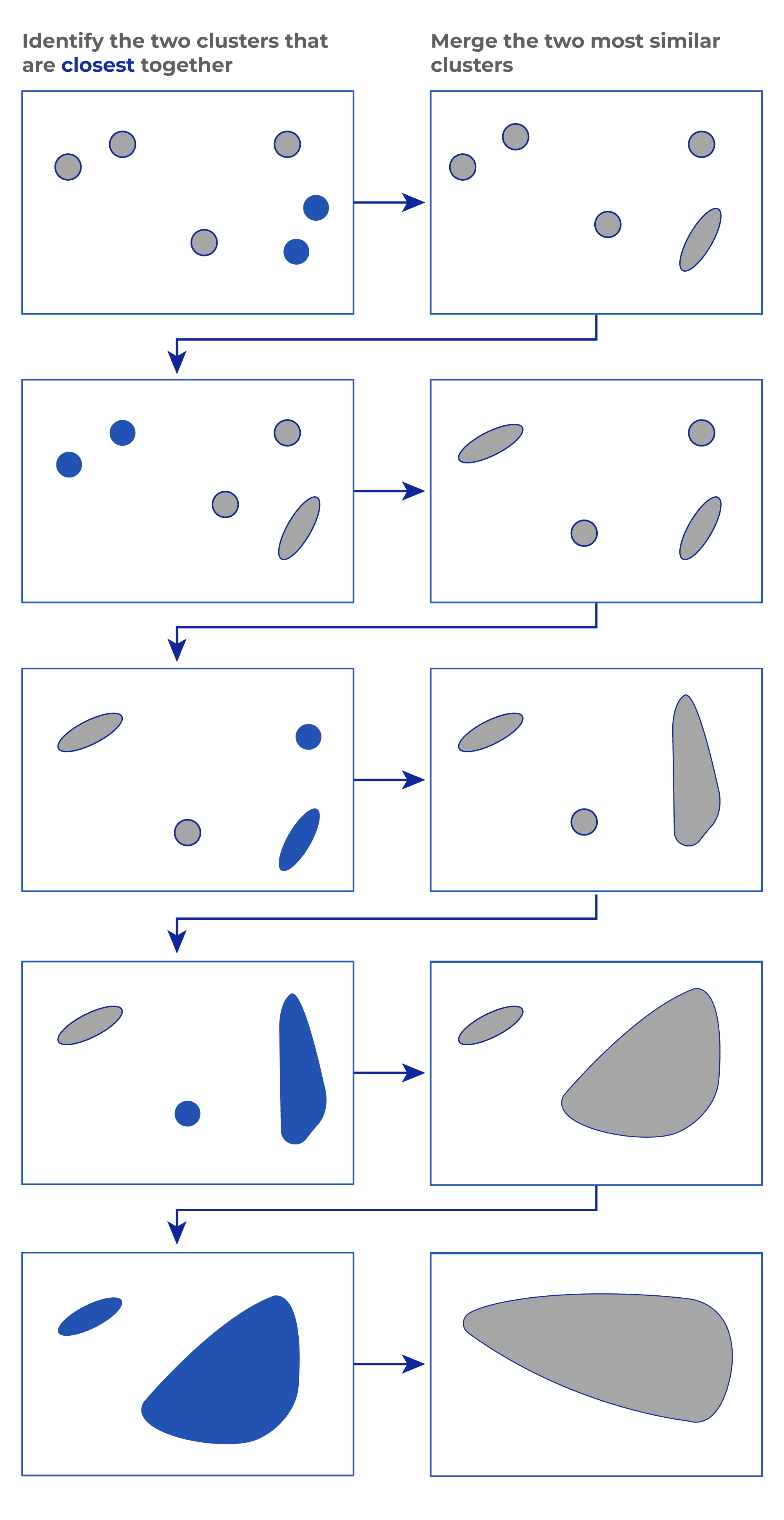
A tree-like diagram called dendrogram represents the hierarchical relationship between the clusters:
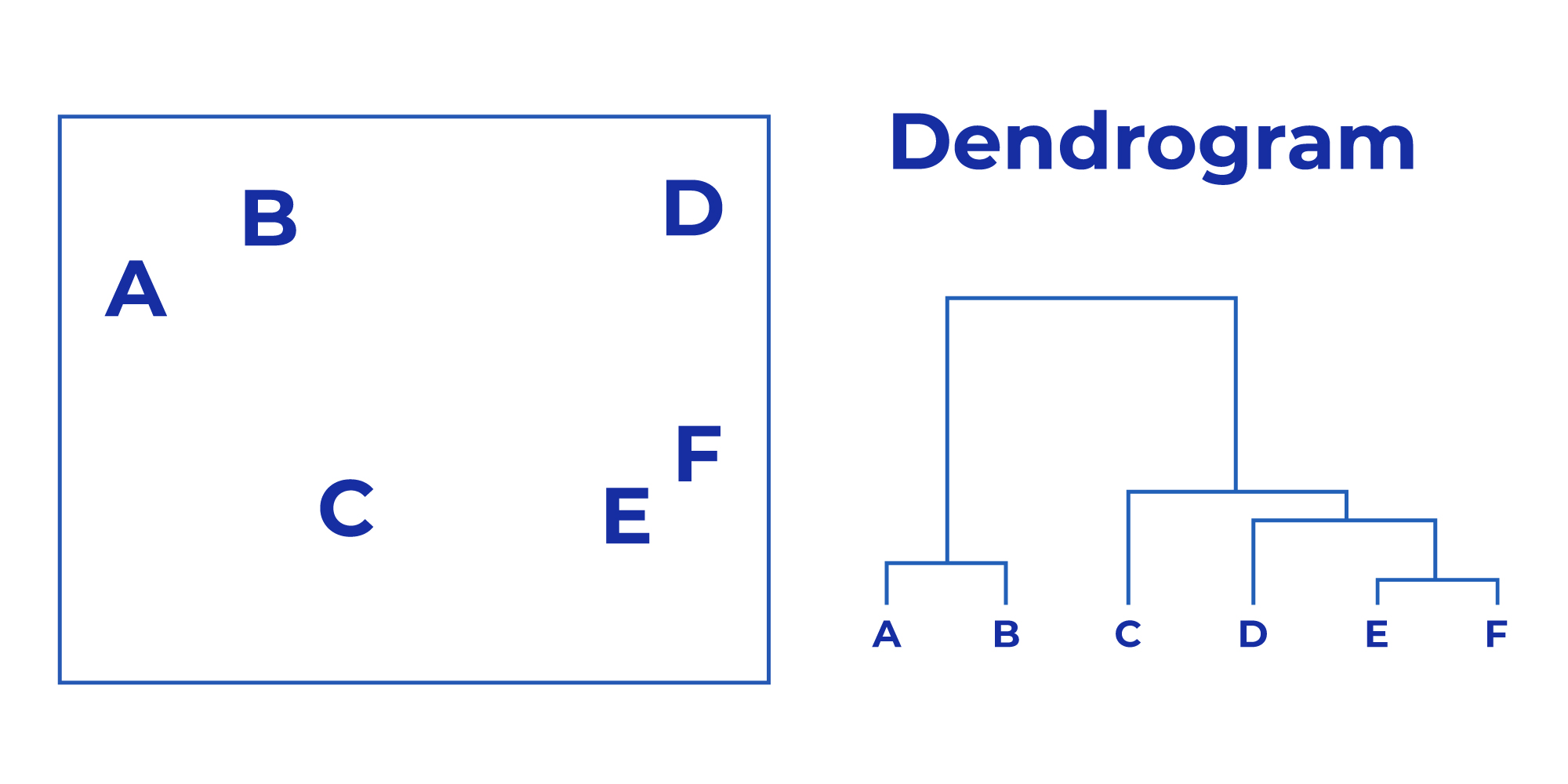
Types of Hierarchical Clusters
Typically there are two types of hierarchical clusters, which are as follow:
- Agglomerative Clusters: Also known as a bottom-up approach clustering, these clusters consider every data point as an individual initially. Then, at every step, the nearest clusters are identified and merged. The clusters formed in the example above are agglomerative. Another illustration of agglomerative clusters goes as follows:
- Divisive Clusters: It is precisely the opposite of agglomerative clusters. It begins by taking into account all the data points as one cluster, and then in every iteration, data points that are dissimilar from the cluster are separated. In the end, N clusters are formed.
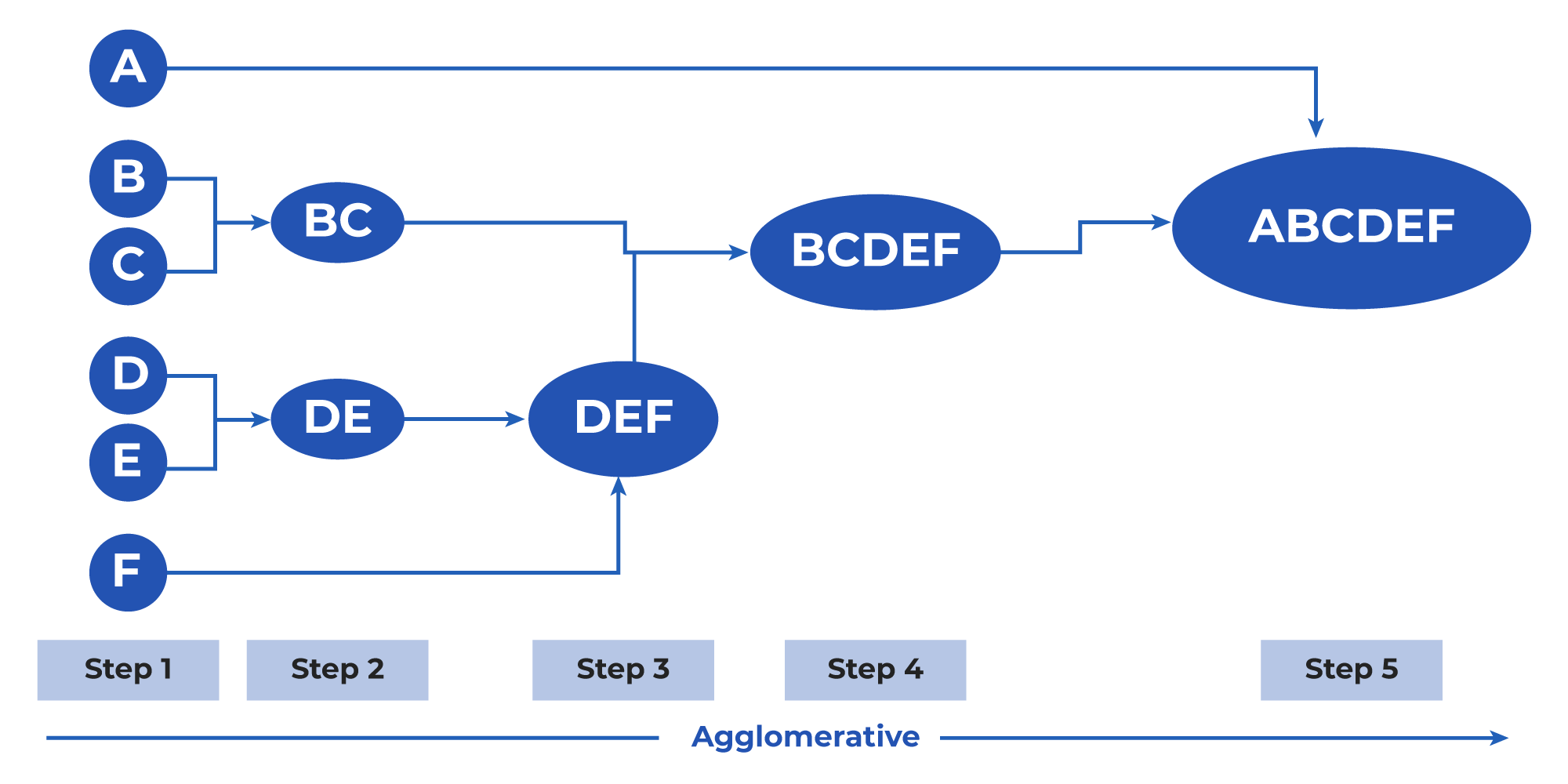
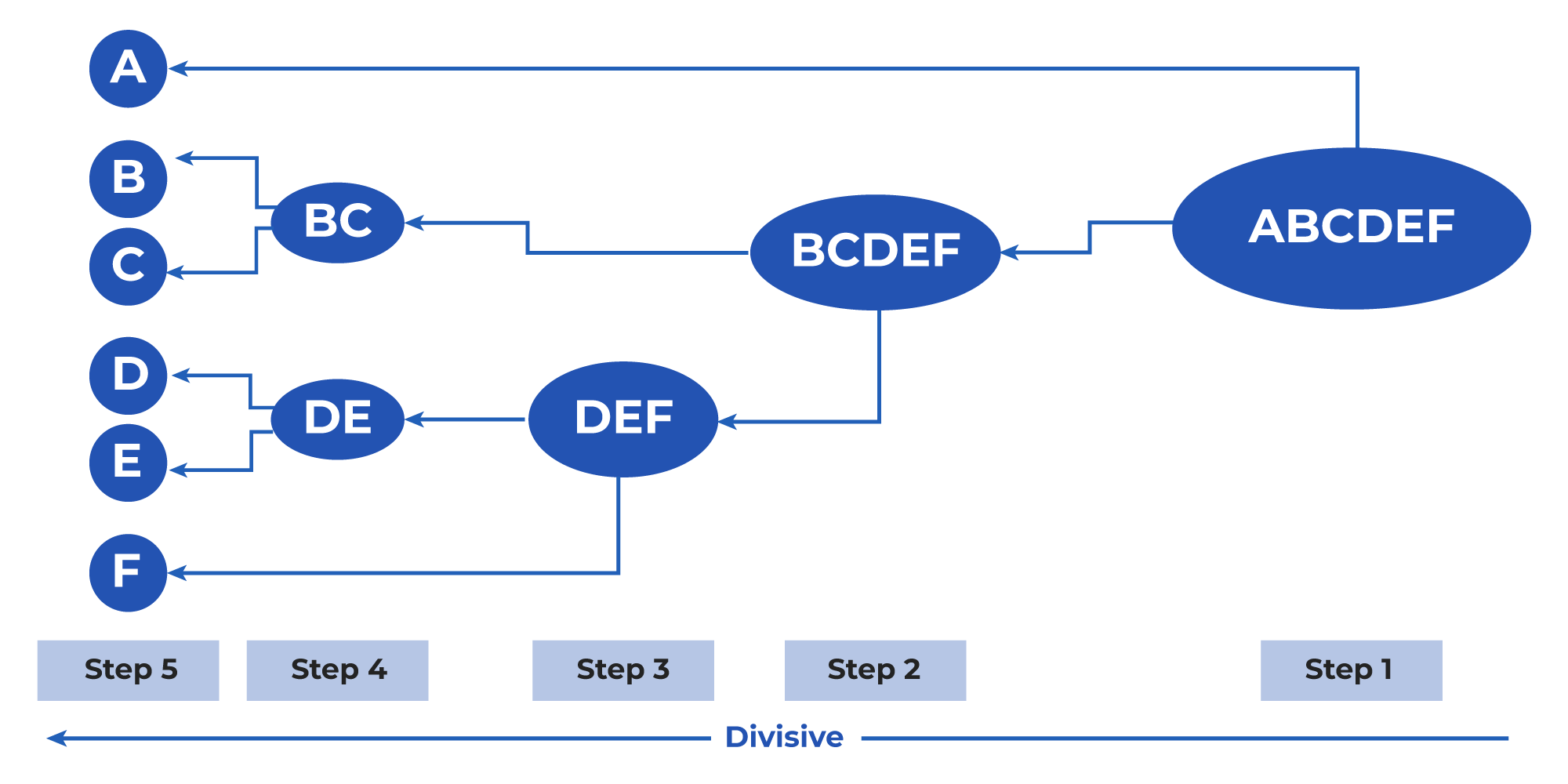
Use Cases of Hierarchical Clustering in Offering Personalized Search Experiences
Let us consider two use cases to better understand the application of hierarchical clustering:
Use Case 1
Business Problem: The organization intends to group its customers based on their behavior. Once attributes such as product preferences, buying behavior, maturity stage, etc. are taken into account, they can be segregated into multiple clusters.
Business Benefit: Once the segments are identified, the organization will have datasets with each customer labeled as promoter/healthy/detractor. Based on these labels, the organization can easily make a decision of which customer needs more attention and resources, thereby personalizing CX accordingly.
Use Case 2
Business Problem: A bank intends to group its loan applicants into high/medium/low risk based on attributes such as credit score, principal amount, annual income, debt to income ratio, etc.
Business Benefit: Once these components are identified, the bank can easily label applicants as high/medium/low risk. Based on these labels, they can make a decision on granting a loan to a particular applicant and its terms of credit.
Want to Know More Ways to Deliver Personalized Experiences?
Personalization is the new norm. And, the organizations that master it are definitely going to pave the way for success. So, it’s high time you debunk the myth of one-experience-fits-all and aim for personalization at scale.
If you are looking for tried-and-tested strategies for personalized support, then here’s an eBook for you. Download it to unveil the secrets of personalization at scale.


